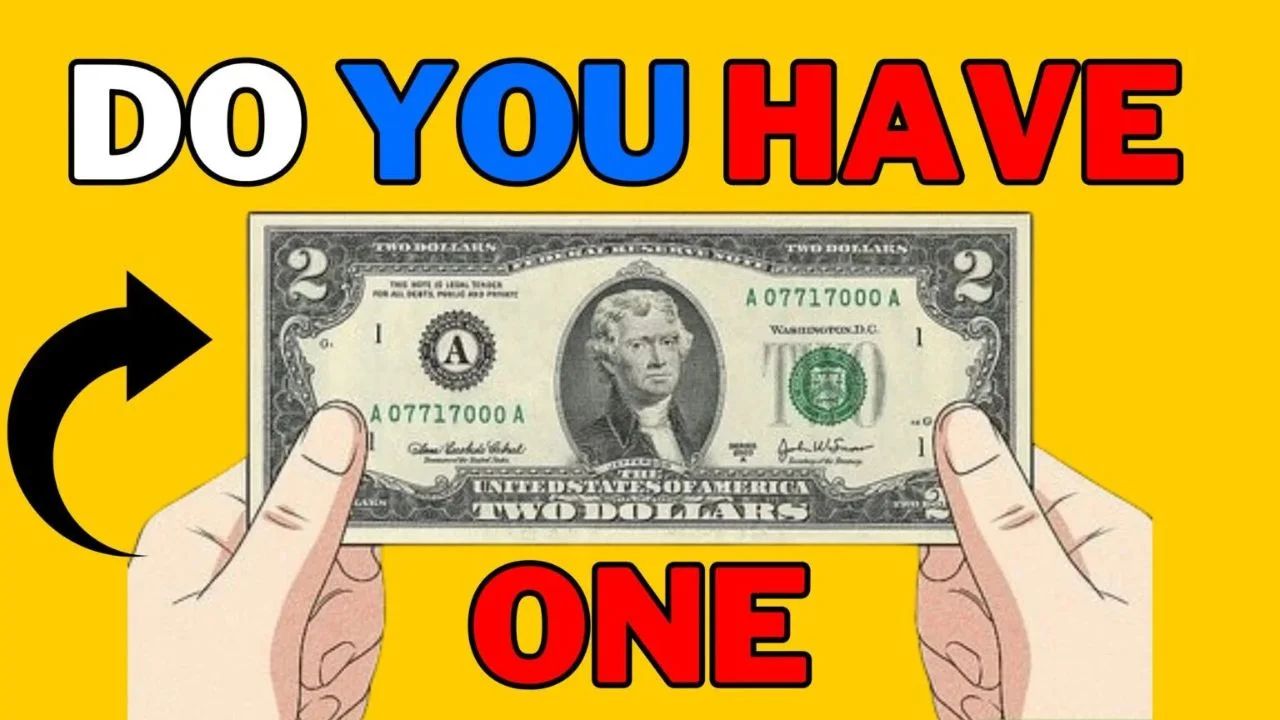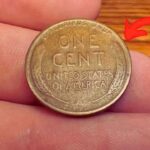Imagine pulling out a crumpled bill from your wallet and spotting a tiny star symbol at the end of its serial number. Most people wouldn’t give it a second thought—but that small star could mean your bill is worth far more than face value. That’s exactly what happened to a Florida woman who found a Star Note from 1928 hidden inside her grandmother’s old quilt. After a professional appraisal, that $2 bill turned into a $65,000 windfall.
£301 DWP Cost of Living Payments Are Back: New Eligibility Rules Explained
Intrigued? You should be. Let’s explore the fascinating world of these notes, understand what makes them valuable, and find out if you could be holding one of these rare treasures in your own wallet.
What Is a Star Note?
A Star Note is a special type of U.S. currency printed to replace bills that were damaged or had errors during production. Rather than reusing the same serial number, the Bureau of Engraving and Printing issues a new note with a star (★) symbol added at the end of the serial number. This symbol instantly distinguishes it from regular notes and makes it a target for collectors.
these notes are issued across all denominations—$1, $2, $5, $10, $20, $50, and $100—but not all are rare. The real value lies in the rarity, condition, and uniqueness of the note.
Why Are Star Notes So Valuable?
The main factor that makes a star note valuable is scarcity. Star notes are printed in limited quantities compared to standard notes. In some cases, the total print run for a particular denomination and year might be fewer than 100,000—while regular notes can be printed in the millions.
What makes a these note even more special is the serial number pattern. Collectors seek out low serial numbers (e.g., 00000001), repeaters (e.g., 23232323), ladders (e.g., 12345678), and palindromes (e.g., 12344321). Combine this with a high-grade condition—no folds, tears, or creases—and you’ve got a bill that could be worth thousands of dollars.
The $65,000 Star Note Discovery
In 2025, a woman in Florida was sorting through her late grandmother’s belongings when she found an old $2 bill. What stood out was the little star at the end of the serial number. It turned out to be a 1928 these Note from a print run of fewer than 100,000, with a low serial number and in near-perfect condition. After having it professionally appraised and listed at auction, the bill sold for a mind-blowing $65,000.
Also Read – $5500 Stimulus Checks in June 2025 – Check Eligibility & Payment Dates
This real-life story shows just how valuable star notes can be—especially the older, rarer ones.
How to Identify a Star Note
Ready to check your bills for hidden value? Here’s a simple guide to spotting and evaluating a star note:
-
Look for the Star Symbol: A ★ at the end of the serial number means it’s a star note.
-
Check the Series Year: Older notes (pre-1950s) are generally rarer and more valuable.
-
Evaluate the Serial Number: Low or unique numbers significantly increase value.
-
Inspect the Condition: Uncirculated bills with crisp paper, sharp edges, and no damage fetch top dollar.
-
Use Online Tools: Sites like MyCurrencyCollection.com or StarNoteLookup.com let you input your note’s details to check print runs and rarity.
Star Note Value Table (Estimated for Uncirculated Notes)
| Denomination | Series Year | Print Run Size | Estimated Value |
|---|---|---|---|
| $2 | 1928 | <100,000 | $10,000–$65,000 |
| $5 | 1934 | 320,000 | $500–$60,000 |
| $1 | 2017 | 640,000 | $10–$50 |
| $100 | 1969 | 200,000 | $1,000–$5,000 |
Note: Values vary based on condition, serial number, and market trends.
Where Can You Sell a Valuable Star Note?
So you’ve found a star note—now what? Don’t rush to spend it.
There are several ways to turn your rare find into cash:
-
Online Marketplaces: Platforms like eBay and Whatnot are full of collectors looking for star notes. Make sure to include clear photos and details about condition and serial number.
-
Local Currency Dealers: Visit a trusted coin or currency shop for an in-person appraisal.
-
Currency Auctions: Rare and high-value star notes should be sold through numismatic auction houses that specialize in collectible money.
-
Verification Tools: Always verify rarity through sites like USPaperMoney.info before listing your note for sale.
Frequently Asked Questions About Star Notes
Q1. What makes a star note valuable?
A: Its value depends on rarity, condition, and serial number patterns. Notes from small print runs or with fancy serials are especially sought after.
Q2. How do I know if my star note is rare?
A: Use lookup tools online to enter the series year, denomination, and serial number. They’ll show how rare your bill is.
Q3. Are all star notes worth more than face value?
A: Not necessarily. While all star notes are collectible, only the rare ones in excellent condition fetch high prices.
Q4. Can I sell my star note online?
A: Absolutely. eBay, Whatnot, and other marketplaces are great options. You can also go to local coin shows or dealers.
Conclusion:
The story of the Florida woman and her $65,000 these Note is a powerful reminder that sometimes, hidden treasures are closer than we think. A tiny star on a bill could transform loose change into a life-changing amount of money.
Whether you’re a seasoned collector or just curious, take a few minutes to check your wallet, old boxes, or family keepsakes. You never know—your next grocery run might be financed by a lucky little star.
Canada GST/HST Extra Credit for June 2025: Payment Date, Eligibility & Amounts
Some Important Link
| Telegram Group | Click Here |
| WhatsApp Group | Click Here |
| Home Page | Click Here |










